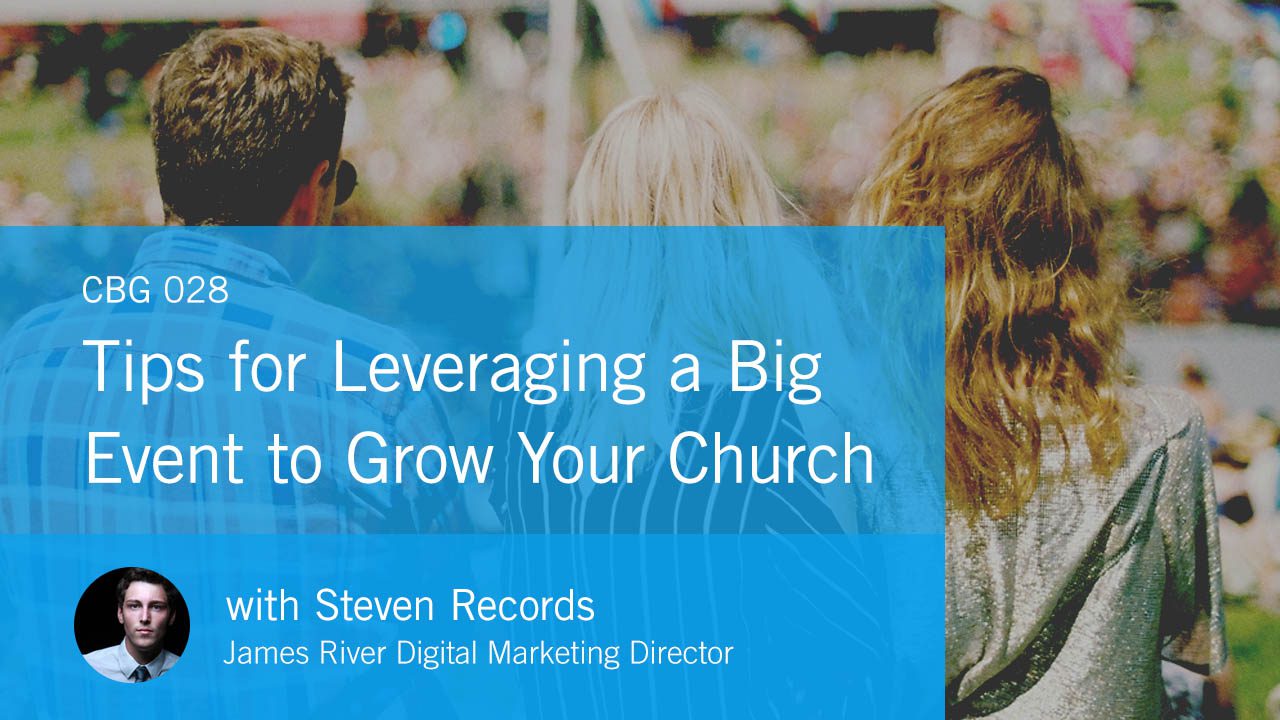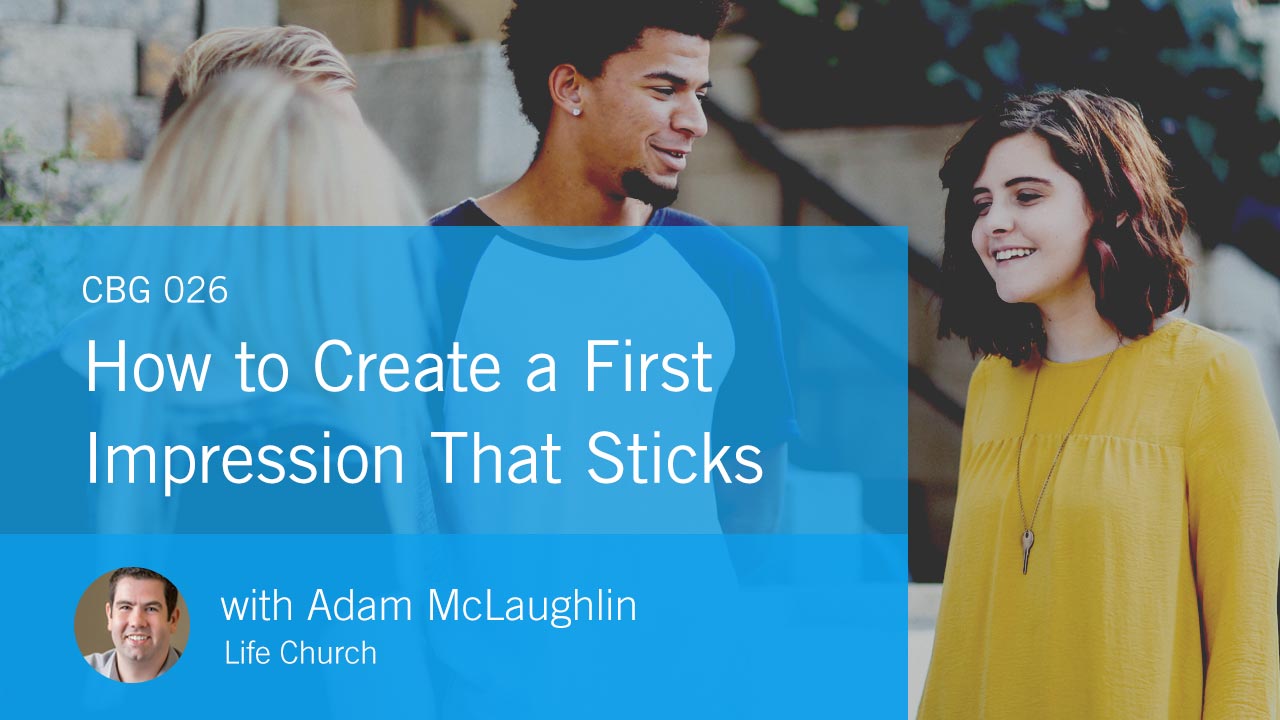Beginner’s Guide to SEO for Churches
Search Engine Optimization (SEO) helps your church appear more prominently in search engine results, making it easier for people to find you online. With more people looking for spiritual communities and resources on platforms like Google, SEO has become essential for churches seeking to expand their reach. Here’s a beginner-friendly guide to help your church website gain more visibility, connect with local communities, and welcome more people to your services.
1. Understanding SEO Basics
SEO, or Search Engine Optimization, is the process of improving your website so search engines like Google rank it higher in search results. The higher your website ranks, the more likely people are to visit it.
For churches, effective SEO means that your site will appear when people search for terms like “church near me,” “Sunday services,” or “spiritual community.”
2. Optimize Your Website for Local Search
Local SEO is vital for churches as it helps people in your area find you more easily. Here are some tips to improve local SEO:
- Create a Google My Business Listing: Set up a profile on Google My Business so that your church’s location, hours, and contact information appear when people search for local churches.
- Include Your Location in Keywords: Use phrases like “church in [Your City]” on your homepage, service pages, and event descriptions to help local searchers find you.
- Encourage Online Reviews: Positive reviews on Google and Yelp build credibility and improve your visibility in local search results.
3. Use Relevant Keywords on Your Website
Keywords are terms that people type into search engines. For a church, these keywords might include “church near me,” “Christian community,” or “Sunday service.” Researching relevant keywords for your church can help you understand what terms to include in your content.
- Keyword Placement: Use your chosen keywords in strategic places like:
- Page titles and headings
- Homepage and About Us page
- Service descriptions and event pages
- Long-Tail Keywords: Consider using more specific, less competitive keywords like “family-friendly church in [Your City]” or “youth ministry programs.”
4. Improve Website Content with Blog Posts and Resources
Publishing relevant content on your church website is an excellent way to attract visitors and improve your SEO. Consistent, valuable content can also keep visitors coming back. Consider adding a blog or resources page with articles such as:
- Spiritual guidance articles: e.g., “How to Find Hope in Difficult Times”
- Event previews and recaps: e.g., “Upcoming Community Service Opportunities”
- Sermon summaries or video highlights
Focus on creating content that aligns with common search terms and addresses topics your congregation and community care about.
5. Optimize for Mobile Users
With so many people using smartphones to access information, it’s crucial for your church website to be mobile-friendly. Google prioritizes mobile-optimized sites, so make sure:
- Your website layout adjusts on smaller screens: Check that images, text, and navigation menus are easy to view on a phone.
- Quick loading time: A fast-loading site improves user experience and SEO. You can test your website’s speed with tools like Google’s PageSpeed Insights.
6. Use Internal and External Links
Links are an important part of SEO. Internal links keep visitors on your site longer, while external links improve your credibility.
- Internal Links: Link to other pages on your website to help visitors navigate (e.g., linking from your homepage to the “About Us” or “Events” pages).
- External Links: Include links to reputable sites that offer additional resources, like local charities or Bible study resources that may benefit your visitors.
7. Optimize Images and Videos
Adding visual content like images and videos to your site is great, but optimizing them for SEO is key.
- Use Descriptive File Names: Before uploading, rename files with descriptive keywords (e.g., “Sunday-worship-service.jpg”).
- Alt Text: Provide alt text for images that describes the content for both search engines and visually impaired users.
- Video Transcripts: Adding transcripts to sermon videos or other media can help search engines understand the content and improve your SEO ranking.
8. Track Your Progress with Google Analytics
Using tools like Google Analytics helps you monitor how people interact with your website. Track important metrics like:
- Website traffic: See how many people visit your site and which pages are most popular.
- Source of visitors: Learn if visitors find you through Google search, social media, or other sources.
- User engagement: Look at how long visitors stay on each page, which shows how engaging your content is.
Regularly reviewing this data helps you understand what’s working and where you can make improvements.
Conclusion
SEO is an ongoing process, but even small changes can make a big difference in helping your church website rank higher and reach more people. With a few simple strategies—like using relevant keywords, optimizing your site for mobile, and creating meaningful content—you’ll improve your visibility and be better positioned to connect with those searching for faith and community.
For more tips, check out our Church Digital Marketing Roadmap and other resources to guide your online ministry journey!
Get the Church Branding Checklist for Free
Unlock the power of effective branding with our meticulously crafted PDF Ebook.
More Podcast Episodes
Tips on Building a Church Brand with Integrity with Mark Jones (CBG029)
A good church brand must have the integrity to be faithful in the small things. Integrity develops trust with people and results in the growth of the ministry as people give of their resources. Mark Jones is a businessman who owns several businesses and is actively...
Tips for Leveraging a Big Event to Grow Your Church with Steven Records (CBG028)
Big events are a great way for churches to create momentum for growth if they know what to do to build relationships with people. Steven Records, a church digital marketing director, talks about practical things he does to maximize big events at a large church that...
How to use Photography to Grow your Church with Ryan Wakefield (CBG027)
Photography is the first way a church welcomes people as they discover your church online. We talk with Ryan Wakefield about ways church photography tells stories that engage people to want to check out your church. He also describes ways to form a photography...
How to Create a First Impression That Sticks with Adam McLaughlin (CBG026)
Adam McLaughlin joins us to talk about how churches can implement branding, marketing, and advertising to grow the number of people they are able to reach. Adam tells us what specific tactics can look like in your church as you communicate your vision to the...
Tips to Help Your Church Retain Guests by Closing the Back Door with Jonathan Hardy (CBG025)
In this episode, we discuss how a church can build a culture that retains people by cultivating relationships and creating great experiences. Jonathan Hardy shares ideas about what a church can do to retain people based on his experience on church staff and as...
How a 20,000 Member Church Has Grown By Building a Genuine Brand with Randy Greene (CBG024)
In this episode, we talk with Randy Greene who is with Church of the Resurrection a 20,000 plus member church. We discuss the brand of this Methodist Church and what has caused them to grow to such a large size. The main reason for the growth of the church has...









